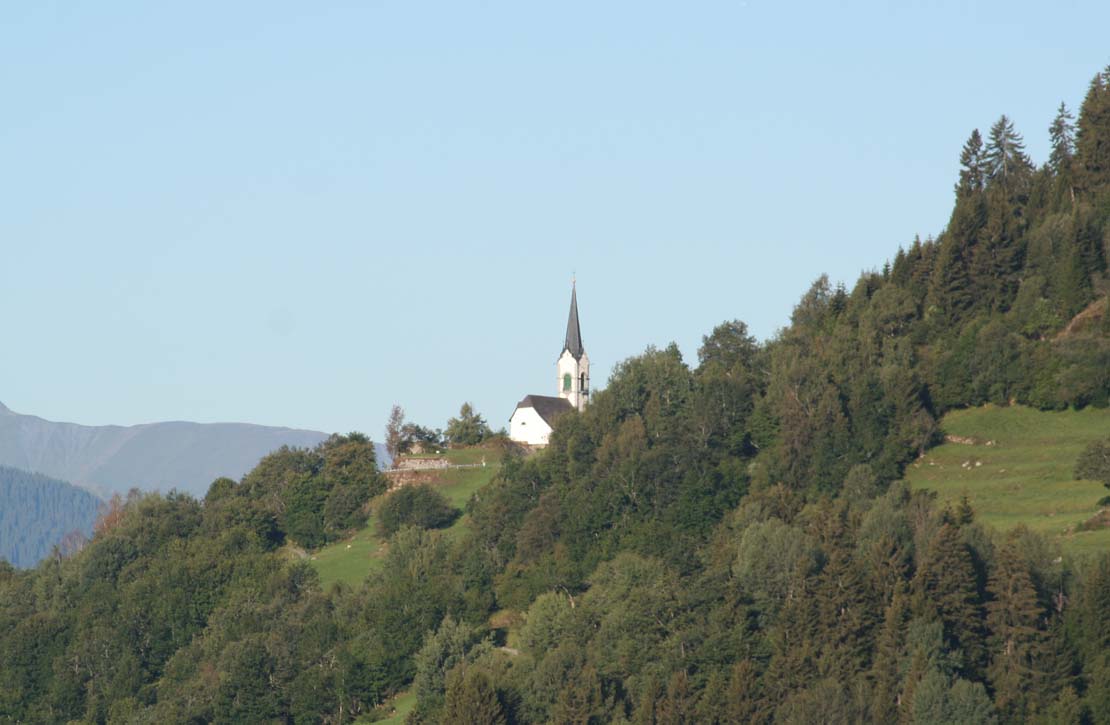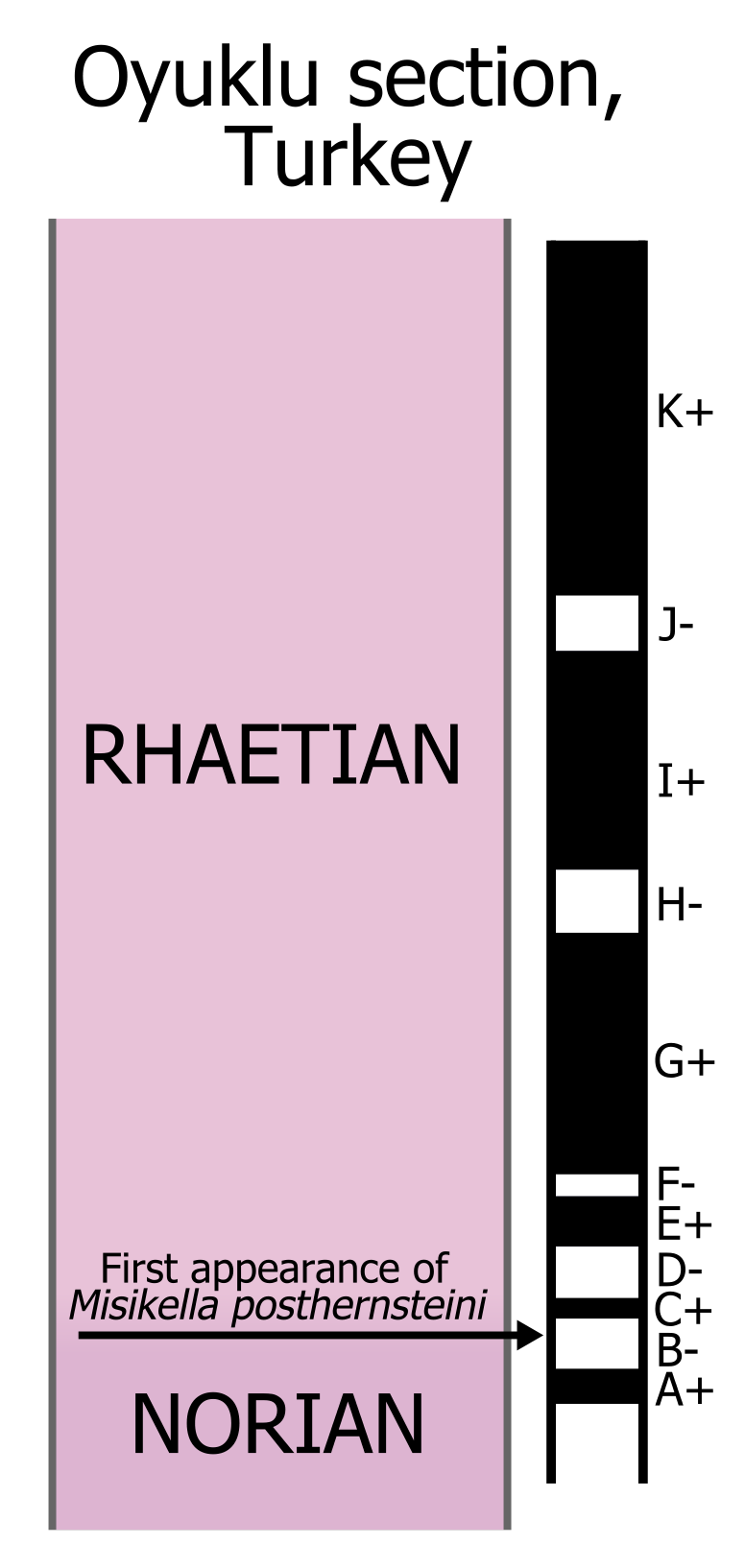|
Ilanz (Rhaetian Railway Station)
Ilanz railway station (german: Bahnhof Ilanz) is a railway station in the municipality of Ilanz/Glion, in the Switzerland, Swiss Canton of Switzerland, canton of Canton of Graubünden, Graubünden. It is an intermediate stop on the gauge Reichenau-Tamins–Disentis/Mustér railway, Reichenau-Tamins–Disentis/Mustér line of the Rhaetian Railway. Services The following services stop at Ilanz: * RegioExpress: hourly service between and . * Regio (Swiss railway train), Regio: limited service between Disentis/Mustér and or Scuol-Tarasp. Facilities The station has a toilet at the back of the building. There is also a staffed ticket desk as well as a kiosk and various vending machines. Location The station is in the heart of the town, 5 mins from the migros shopping centre and only 2 or 3 minutes from the town centre. It is directly outside the post office where the postautos (buses) can be taken. Postauto Connections The buses all collect outside the station and depart and arr ... [...More Info...] [...Related Items...] OR: [Wikipedia] [Google] [Baidu] |
Ilanz/Glion
Ilanz/Glion (german: Ilanz ; rm, Glion ) is a municipality in the Surselva Region in the Swiss canton of Graubünden. On 1 January 2014 the former municipalities of Castrisch, Ilanz, Ladir, Luven, Pitasch, Riein, Ruschein, Schnaus, Sevgein, Duvin, Pigniu, Rueun, and Siat merged into the new municipality of Ilanz/Glion.Nomenklaturen – Amtliches Gemeindeverzeichnis der Schweiz accessed 13 December 2014 History Castrisch is first mentioned in 765 as ''Castrices''. Ladir is first mentioned about 850 as ''Leitura''. Luven is first mentioned in 765 as ''Lobene''. Pitasch is first mentioned about 801–50 as ''Pictaui'' though this co ...[...More Info...] [...Related Items...] OR: [Wikipedia] [Google] [Baidu] |
Switzerland
). Swiss law does not designate a ''capital'' as such, but the federal parliament and government are installed in Bern, while other federal institutions, such as the federal courts, are in other cities (Bellinzona, Lausanne, Luzern, Neuchâtel, St. Gallen a.o.). , coordinates = , largest_city = Zürich , official_languages = , englishmotto = "One for all, all for one" , religion_year = 2020 , religion_ref = , religion = , demonym = , german: Schweizer/Schweizerin, french: Suisse/Suissesse, it, svizzero/svizzera or , rm, Svizzer/Svizra , government_type = Federalism, Federal assembly-independent Directorial system, directorial republic with elements of a direct democracy , leader_title1 = Federal Council (Switzerland), Federal Council , leader_name1 = , leader_title2 = , leader_name2 = Walter Thurnherr , legislature = Fe ... [...More Info...] [...Related Items...] OR: [Wikipedia] [Google] [Baidu] |
Rhaetian Railway
The Rhaetian Railway (german: Rhätische Bahn; it, Ferrovia retica; rm, Viafier retica), abbreviated RhB, is a Swiss transport company that owns the largest network of all private railway operators in Switzerland. Headquartered in Chur, the RhB operates all the railway lines of the Swiss canton of Grisons, except for the line from Sargans to the cantonal capital, Chur, which are operated by Swiss Federal Railways (SBB CFF FFS), as well as the line from Disentis/Mustér to the Oberalp Pass and further on to Andermatt, Uri, which is operated by Matterhorn Gotthard Bahn (MGB). Inaugurated in 1888 and expanded from 1896 onwards in various sections, the RhB network is located almost entirely within Grisons, with one station across the Italian border at Tirano. The Rhaetian Railway serves a number of major tourist destinations, such as St. Moritz and Davos. One of the RhB lines, the Bernina Railway, crosses the Bernina Pass at above sea level and runs down to Tirano, Lomb ... [...More Info...] [...Related Items...] OR: [Wikipedia] [Google] [Baidu] |
Reichenau-Tamins–Disentis/Mustér Railway
The Reichenau-Tamins–Disentis/Mustér railway (also called the ''Oberländerlinie''—highland line) is a Swiss metre-gauge railway, which is operated by the Rhaetian Railway (''Rhätischen Bahn''; RhB). It connects the stations of Reichenau-Tamins and . History Reichenau-Tamins – Ilanz highland line The first proposals for a highland line or Vorderrhein (Anterior Rhine) line go back to 1890. At that time an engineer, Marchion, applied for a concession for the construction and operation of a railway line from Reichenau to Disentis. Marchion then tested a total of four options for the route from Reichenau to Ilanz. The options started either in Reichenau or in Bonaduz: * Bonaduz–Versam–Valendas: 14.7 km-long, large viaducts, estimated construction cost: CHF 6.2 m * Reichenau–Trin–Flims–Laax–Ilanz: 25.5 km-long, crest tunnel near Flims, estimated construction cost: CHF 5.5 m * Reichenau–Trin– Conn–Laax–Ilanz: 23.7 km-long, several viaducts, and two tunn ... [...More Info...] [...Related Items...] OR: [Wikipedia] [Google] [Baidu] |
PostBus Switzerland
PostAuto Switzerland, PostBus Ltd. (known as in Swiss Standard German (), in Swiss French (), in Swiss Italian (), and in Romansh () is a subsidiary company of the Swiss Post, which provides regional and rural bus services throughout Switzerland, and also in France, Germany, and Liechtenstein. The Swiss PostAuto service evolved as a motorized successor to the stagecoaches that previously carried passengers and mail in Switzerland, with the Swiss postal service providing postbus services carrying both passengers and mail. Although this combination had been self-evident in the past, the needs of each diverged towards the end of the twentieth century, when the conveyance of parcels was progressively separated from public transportation. This split became official with the conversion of PostAuto into a separate subsidiary of the Swiss Post in February 2005. The buses operated by PostAuto are a Swiss icon, with a distinctive yellow livery and three-tone horn. The company uses ... [...More Info...] [...Related Items...] OR: [Wikipedia] [Google] [Baidu] |
Canton Of Switzerland
The 26 cantons of Switzerland (german: Kanton; french: canton ; it, cantone; Sursilvan and Surmiran: ; Vallader and Puter: ; Sutsilvan: ; Rumantsch Grischun: ) are the member states of the Swiss Confederation. The nucleus of the Swiss Confederacy in the form of the first three confederate allies used to be referred to as the . Two important periods in the development of the Old Swiss Confederacy are summarized by the terms ('Eight Cantons'; from 1353–1481) and ('Thirteen Cantons', from 1513–1798).rendered "the 'confederacy of eight'" and "the 'Thirteen-Canton Confederation'", respectively, in: Each canton of the Old Swiss Confederacy, formerly also ('lieu/locality', from before 1450), or ('estate', from ), was a fully sovereign state with its own border controls, army, and currency from at least the Treaty of Westphalia (1648) until the establishment of the Swiss federal state in 1848, with a brief period of centralised government during the Helvetic Republic (179 ... [...More Info...] [...Related Items...] OR: [Wikipedia] [Google] [Baidu] |
Canton Of Graubünden
The Grisons () or Graubünden,Names include: *german: (Kanton) Graubünden ; * Romansh: ** rm, label= Sursilvan, (Cantun) Grischun ** rm, label=Vallader, (Chantun) Grischun ** rm, label= Puter, (Chantun) Grischun ** rm, label=Surmiran, (Cantun) Grischun ** rm, label= Sutsilvan, (Cantùn) Grischùn ** rm, label=Rumantsch Grischun, (Chantun) Grischun; * it, (Cantone dei) Grigioni ; *french: (Canton des) Grisons . See also other names. more formally the Canton of the Grisons or the Canton of Graubünden, is one of the twenty-six cantons of Switzerland. It has eleven regions, and its capital is Chur. The German name of the canton, , translates as the "Grey Leagues", referring to the canton's origin in three local alliances, the Three Leagues. The other native names also refer to the Grey League: in Sutsilvan, in the other forms of Romansh, and in Italian. ''" Rhaetia"'' is the Latin name for the area. The Alpine ibex is the canton's heraldic symbol. The largest and easte ... [...More Info...] [...Related Items...] OR: [Wikipedia] [Google] [Baidu] |
RegioExpress
RegioExpress (RE) is a fast regional train service in Switzerland, run by Swiss Federal Railways (SBB CFF FFS) or other railway companies (such as TILO, BLS, tpf, transN, THURBO or RhB). It is comparable to the Regional-Express in Germany, Austria and Luxembourg. Its speed is considerably faster than regional trains at the same level, as it does not stop at all stations served by the regional trains. Nonetheless, it is slightly slower than InterRegio trains. Swiss Federal Railways describes the trains as ones that serve "rapidly into the regions". Until the 2003 timetable overhaul (December 2002 to December 2003), the RegioExpress was limited in circulation. One of the main lines which ran as a RegioExpress line (abbreviation: RX) was the ''Rheintal Express'', from St. Gallen through Sargans to Chur (the other was the ''CityVogel'' from Zurich to Konstanz). As of the 2004 timetable overhaul, the RegioExpress was introduced as faster Regio (formerly regional) trains; the ... [...More Info...] [...Related Items...] OR: [Wikipedia] [Google] [Baidu] |
Regio (Swiss Railway Train)
Regional rail, also known as local trains and stopping trains, are passenger rail services that operate between towns and cities. These trains operate with more stops over shorter distances than inter-city rail, but fewer stops and faster service than commuter rail. Regional rail services operate beyond the limits of urban areas, and either connect similarly-sized smaller cities and towns, or cities and surrounding towns, outside or at the outer rim of a suburban belt. Regional rail normally operates with an even service load throughout the day, although slightly increased services may be provided during rush-hour. The service is less oriented around bringing commuters to the urban centers, although this may generate part of the traffic on some systems. Other regional rail services operate between two large urban areas but make many intermediate stops. In North America, "regional rail" is not recognized as a service classification between "commuter rail" and "inter-city rail ... [...More Info...] [...Related Items...] OR: [Wikipedia] [Google] [Baidu] |
Railway Stations In Graubünden
Rail transport (also known as train transport) is a means of transport that transfers passengers and goods on wheeled vehicles running on rails, which are incorporated in tracks. In contrast to road transport, where the vehicles run on a prepared flat surface, rail vehicles (rolling stock) are directionally guided by the tracks on which they run. Tracks usually consist of steel rails, installed on sleepers (ties) set in ballast, on which the rolling stock, usually fitted with metal wheels, moves. Other variations are also possible, such as "slab track", in which the rails are fastened to a concrete foundation resting on a prepared subsurface. Rolling stock in a rail transport system generally encounters lower frictional resistance than rubber-tyred road vehicles, so passenger and freight cars (carriages and wagons) can be coupled into longer trains. The operation is carried out by a railway company, providing transport between train stations or freight customer facilit ... [...More Info...] [...Related Items...] OR: [Wikipedia] [Google] [Baidu] |
Rhaetian Railway Stations
The Rhaetian is the latest age of the Triassic Period (in geochronology) or the uppermost stage of the Triassic System (in chronostratigraphy). It was preceded by the Norian and succeeded by the Hettangian (the lowermost stage or earliest age of the Jurassic). The base of the Rhaetian lacks a formal GSSP, though candidate sections include Steinbergkogel in Austria (since 2007) and Pignola-Abriola in Italy (since 2016). The end of the Rhaetian (and the base of the overlying Hettangian Stage) is more well-defined. According to the current ICS (International Commission on Stratigraphy) system, the Rhaetian ended ± 0.2 Ma (million years ago). In 2010, the base of the Rhaetian (i.e. the Norian-Rhaetian boundary) was voted to be defined based on the first appearance of '' Misikella posthernsteini'', a marine conodont. However, there is still much debate over the age of this boundary, as well as the evolution of ''M. posthernsteini''. The most comprehensive source of precise ag ... [...More Info...] [...Related Items...] OR: [Wikipedia] [Google] [Baidu] |






